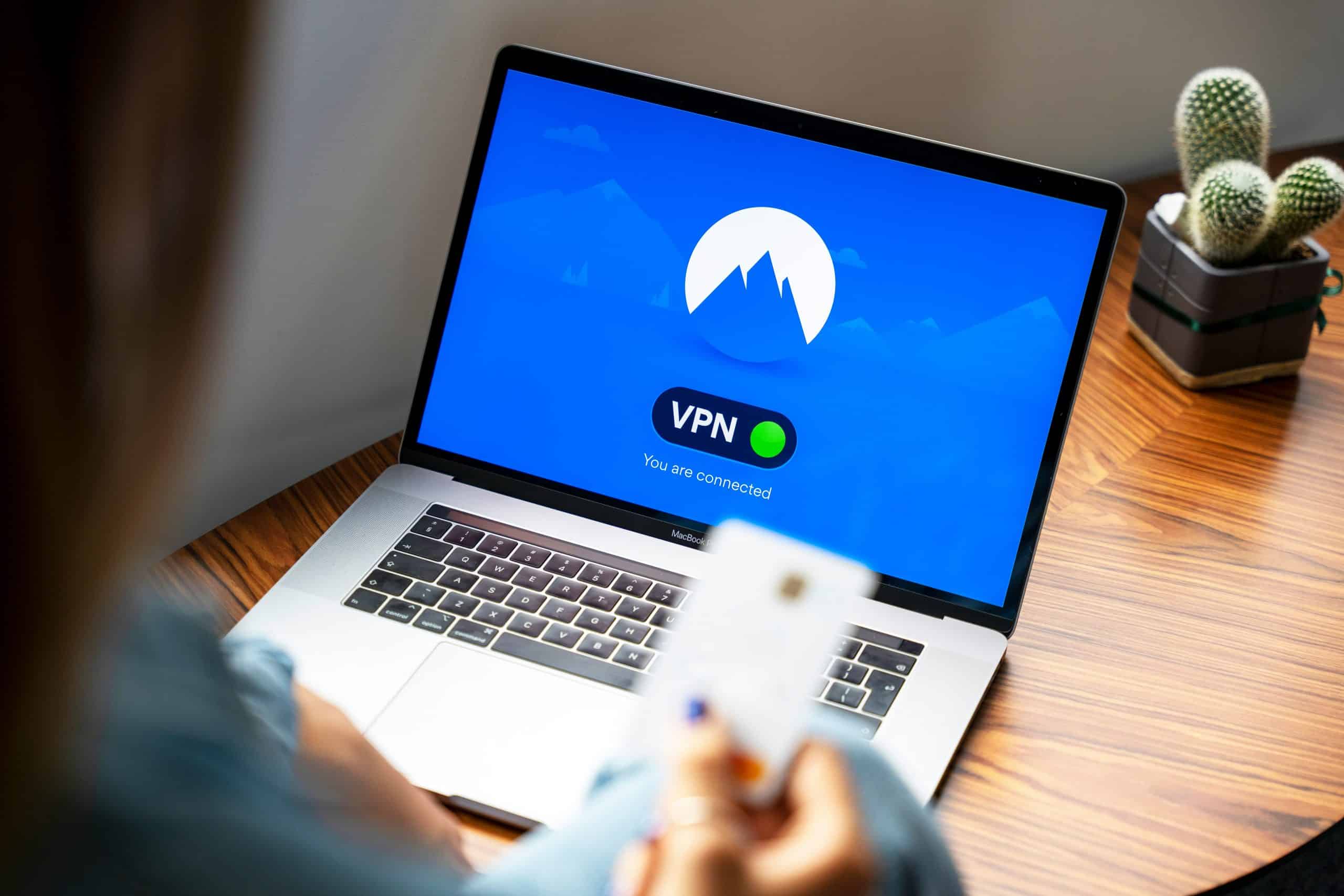In the ever-evolving world of technology, the quantum computing revolution is underway, and it’s set to substantially redefine the landscape of cybersecurity. Today, we are on the brink of a paradigm shift in computing technology, with quantum computers promising exponential leaps in processing power. But what effect will this shift have on data security? Here’s a deep dive into how quantum computing is reshaping cybersecurity.
Quantum Computing: An Overview
Quantum computing is a revolutionary technology that harnesses the strange laws of quantum physics to process information. Unlike classical computing, which uses bits as the smallest unit of data (either a 1 or a 0), quantum computing uses qubits, which can exist in a state of superposition – they can be both 1 and 0 at the same time. This allows quantum computers to process vast amounts of data and execute complex calculations at speeds unattainable by classical systems.
Also read : The social impact of technology: connectivity and beyond
This groundbreaking technology has the potential to solve previously unsolvable problems and transform a wide range of fields, from drug discovery to financial modeling. However, this incredible power also poses a significant threat to cybersecurity. The encryption methods that protect our data today could become vulnerable in the face of a powerful quantum computer.
The Quantum Threat to Encryption
Encryption is the process of encoding data so that only authorized parties can access it. It’s the foundation of secure communication in our digital age. Classical encryption relies on complex mathematical problems that are difficult for classical computers to solve. But quantum computers? They can solve these problems much more quickly.
This might interest you : The impact of AI in predicting and mitigating earthquakes
This means that quantum computers could potentially crack the encryption algorithms that protect our online transactions, confidential communications, and sensitive data. Even RSA encryption, a widely-used method that relies on the difficulty of factoring large prime numbers, could become obsolete.
For example, a classical computer could take hundreds of years to crack 2048-bit RSA encryption. But a powerful enough quantum computer could potentially do it in a matter of hours or even minutes. This opens up a new landscape of cyber threats, making everything from online banking to secure government communications vulnerable to cyber attacks.
Quantum-Resistant Cryptography: The Solution?
In response to this looming quantum threat, researchers are developing new cryptographic systems that are resistant to quantum attacks – a field known as post-quantum or quantum-resistant cryptography.
Quantum-resistant cryptographic algorithms are designed to be secure against both quantum and classical computers. They leverage complex mathematical problems that are believed to be resistant to attacks by both classical and quantum computers.
By transitioning to these quantum-resistant algorithms, we can secure our data against the potential threats posed by quantum computing. But the challenge is that we need to make this transition before powerful enough quantum computers become commercially available.
Quantum Computing as a Cybersecurity Asset
While quantum computing poses threats to current encryption methods, it can also be a powerful tool for enhancing cybersecurity. Quantum cryptographic systems, like quantum key distribution (QKD), leverage the properties of quantum physics to create virtually uncrackable encryption.
QKD uses the principles of quantum mechanics to generate and distribute encryption keys securely. It relies on the property of quantum entanglement – a phenomenon where two particles become inextricably linked, and the state of one immediately influences the state of the other, regardless of the distance between them.
This makes it possible to detect any attempt at eavesdropping: any unauthorized attempt to measure the quantum state of the communication would immediately alter that state, alerting the legitimate parties to the security breach.
Moreover, quantum computing can also help in detecting cyber threats and anomalies in real-time, enhancing the proactive capabilities of cybersecurity systems. This way, quantum computing can not only secure communications but also help in identifying and neutralizing cyber threats more efficiently.
Time for a Quantum Leap in Cybersecurity Strategy
It’s clear that quantum computing is reshaping the cybersecurity landscape, presenting both significant threats and unprecedented opportunities. As this technology continues to evolve and mature, it’s crucial for organizations and governments to stay ahead of the curve.
This means not only developing and implementing quantum-resistant cryptographic systems but also exploring how quantum computing can be leveraged to enhance cybersecurity capabilities. From secure communication and real-time threat detection to post-quantum cryptography, the quantum revolution is set to redefine the way we approach cybersecurity.
The clock is ticking, and the quantum future is closer than we think. It’s time for a quantum leap in our cybersecurity strategy. As we continue to venture into the quantum era, staying informed and prepared will be our best defense. Because in the world of cybersecurity, the only constant is change. And with quantum computing, that change is poised to be seismic. Let’s embrace the quantum revolution and harness its power to create a more secure digital world.
Quantum Machine Learning: A New Frontier
The applications of quantum computing in cybersecurity don’t stop at encryption and threat detection. A novel and exciting trend in this field involves the integration of quantum computing with machine learning. This new branch, known as quantum machine learning, could offer unprecedented capabilities in detecting and neutralizing cyber threats.
Machine learning, a subset of artificial intelligence, involves computer algorithms that improve automatically through experience. In the context of cybersecurity, machine learning algorithms analyze patterns and trends in data to detect and predict cyber threats. However, as cyber threats become more complex and sophisticated, classical computers are struggling to keep up.
That’s where quantum computing can change the game. With its ability to process and analyze vast amounts of data at unprecedented speeds, it can supercharge machine learning algorithms. Quantum machine learning can allow for real-time detection and mitigation of cyber attacks, making our digital systems more secure.
For instance, quantum machine learning can speed up the processing of large datasets like network traffic logs, identifying anomalous patterns that might signal a cyber attack. This could enable cybersecurity teams to respond to threats more efficiently and effectively.
Furthermore, quantum machine learning can potentially ‘learn’ to understand the quantum behavior of cyber threats. This means it could predict and prevent attacks orchestrated using quantum computers, adding an additional layer of security in the quantum era.
Conclusion: Embracing the Quantum Revolution in Cybersecurity
The advent of quantum computing is undeniably reshaping the paradigm of cybersecurity. While it introduces profound threats, such as the potential to crack traditional encryption algorithms, it also offers innovative solutions for data protection and threat detection.
The development and adoption of quantum-resistant encryption is a crucial step in preparing for the quantum era. Utilizing the principles of quantum mechanics, these methods can secure our data against the potential onslaught of quantum computers.
Meanwhile, quantum advancements like quantum key distribution and quantum machine learning are set to redefine cybersecurity strategy. They offer the potential for uncrackable encryption and real-time threat detection, crucial features in the face of constantly evolving cyber threats.
However, these transformations won’t happen overnight. Transitioning to quantum-safe methods and integrating quantum technologies into our cybersecurity systems will require concerted effort, significant investment, and a paradigm shift in our approach to data security.
Ultimately, it’s clear that staying secure in the quantum era will require us to embrace the quantum revolution. As we continue to navigate the complexities of this new technological frontier, staying informed and adaptable will be our best defense against the cyber threats of the future.
Undoubtedly, the quantum revolution brings with it a new dawn for cybersecurity. Embracing this change and harnessing the power of quantum computing could usher in a new era of secure communication and robust data protection. So, let’s embrace this seismic shift, and ride the wave of the quantum revolution to create a safer and more secure digital world.











